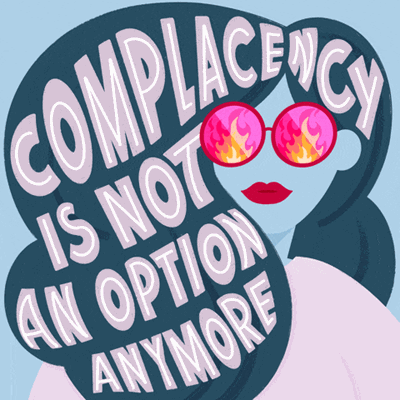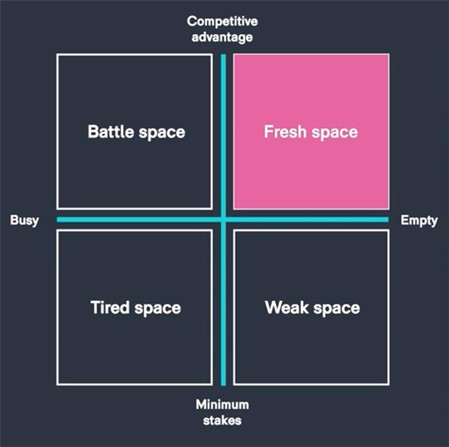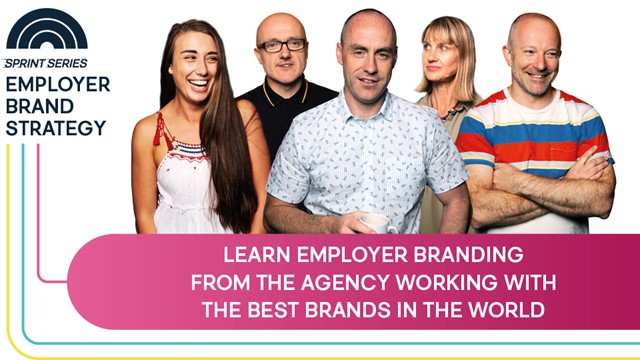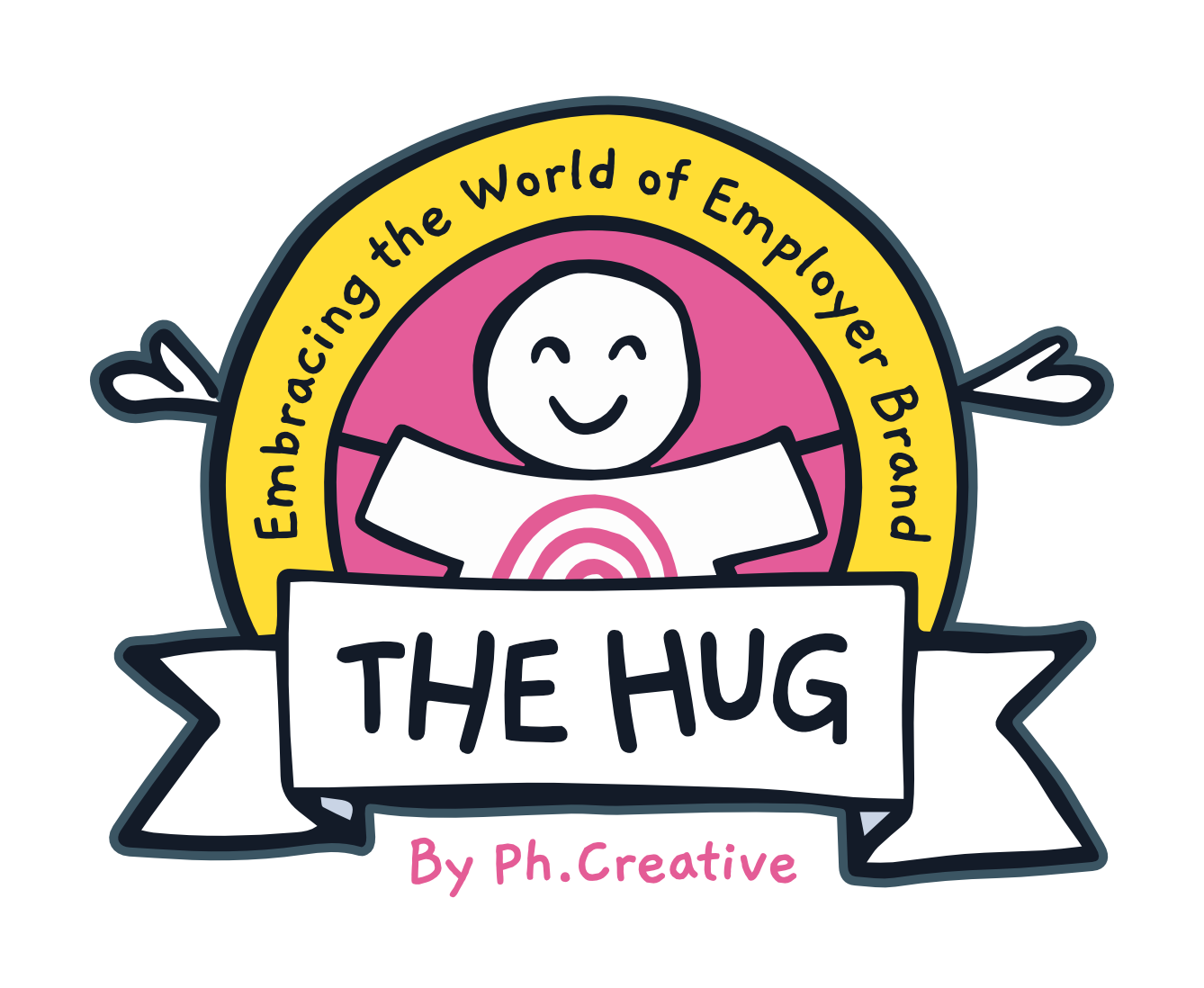Integrating Cultural Drivers into Employer Branding Strategies
4 min read.Continually relying on your company’s prestige to do the talking in your employer brand is a sure way to fall behind the curve. Here’s how to find a genuine and meaningful position in the market.

Macro-cultural themes will always play a part in driving businesses and we’re at an interesting point where they are even more prevalent. Let’s talk about what those cultural themes are, how they might translate into your business and how you can use them as a tool to differentiate your employer brand.
Ethical practice and citizenship
Employees are more purpose-driven than ever before and are actively seeking socially responsible employers whose work aligns with their personal values. In a survey by Gartner, 56% of workers agreed that the pandemic made them want to contribute more to society. This preference shone a light on the importance of ethical practice and citizenship in the workplace. If they choose to work for you, employees want to know, “Will this company leave the world a better place?”
Sustainability
There’s a lot of talk around greenwashing at the moment, big companies jumping on the sustainability bandwagon. But the businesses doing it right are demonstrating that they’re invested in sustainability in an authentic way. Massive monetary investments are great, (Patagonia, we’re looking at you,) but not a necessity. If efforts are genuine, relevant and personalised to the company, they will hit the mark.
Diversity and equality
It is no secret that DEI has become a huge global theme in recent years. Catalysed by the Black Lives Matter movement in the US, it’s not just a numbers game; it's not about filling quotas; it's about creating a genuine broad representation throughout your workforce. More companies are taking steps to support a diversified staff, investing in employee resource groups that represent different ethnic minorities, genders, sexual orientations and many other demographics.
Mindfulness and Psychological safety
In recent years the cultural stigma on mental health issues has eased. The stress of the pandemic and, more recently, the threat of a global economic downturn, brought the importance of emotional wellbeing support into sharp relief, and it’s more of a priority to talent than ever. Jobseekers increasingly look for companies that show up as advocates for their psychological safety. A study from Mercer found that thriving employees are seven times more likely to work for a company that prioritizes employee wellbeing.
Whether it’s through offering greater job security, mental health awareness, resources or app subscriptions, employees have a growing appreciation for open dialogue around emotional hygiene.
The Complacency of Big-Name Brands


During the audit phase we start by asking clients, “Who are you competing with for talent?” Whether we’re working with a big or small company, the same names crop up time and time again. Big hitters, well-known brands, tech powerhouses or consultancy firms. These are the companies with which our clients feel they’re competing or would like to feel comparable.
But when we research these competitors, we’re met by a sense of complacency. Everyone is saying similar things in a slightly different way. They're not inspiring; the message isn't different; they’re not trying to be distinctive. Before you know it, you're looking at these companies as a collective because they're relying heavily on prestige, brand awareness and reputation to entice talent.
It's funny just how many organisations, particularly tech ones, are using some recycled version of ‘Come and build the future with us!’ to attract candidates. It’s such a tired phrase. It’s also worth noting that it’s probably an over promise. So, for companies that are trying to differentiate, there’s ample opportunity to do so.
Now, the million-dollar questions:
How can we use these cultural drivers to our advantage in the war for talent?
How can we capitalise on the complacency of our competitors?
We’re glad you asked.
Here are six steps to take to find your unique selling point for talent and maximise untapped areas in the market.
How to Differentiate your Employer Brand:
1. Identify your top three to five competitors
The first step is to get clarity on who you’re up against. This will give you a well-defined direction for your audit.
2. Check careers websites
To conduct an audit, we think about putting ourselves in the shoes of a candidate who may be looking to get a job at these companies. Careers websites are a great place to begin. Review the content with a fine-tooth comb and ascertain the key message they're trying to get across. Consider the language they use, their tone of voice, their visual identity, the overall personality of the content. Is there a theme to it? Are they trying to portray themselves in a specific way? Is their message a generic, ‘come and join us because we’re the best’, or something more unique?
You’ll probably notice quite quickly whether these companies are tapping into cultural drivers. And if they aren't, you can begin to identify some of the gaps, which will give you a foothold.
3. Check social media
Dive into social media to see if that same story or message translates across the companies’ social media channels and then you will start to get more of a holistic picture of how that company is presenting themselves. LinkedIn is an obvious place to start, but they may have a careers profile on Facebook, Twitter, Instagram or TikTok so make sure to leave no stone unturned. Look at the engagement on the posts. Is the content interesting? Authentic?Different? Does it align with the message on the careers website?
4. Conduct a SWOT analysis
SWOT stands for Strengths, Weaknesses, Opportunities and Threats.
What are your competitors doing well? What are they not doing so well, or perhaps not mentioning at all? What are the opportunities for you to differentiate amongst that group? And where are the threats, or things that you need to be careful of, so you don’t fall into the same patterns as those companies?
5. Find your clear space

Once you’ve plotted exactly who’s saying what and how they’re saying it, it’s time to say something a bit different.
Clear space is your lightbulb moment. Using your research, root out the ideal position for your brand to occupy based on what your company does best, what your talent audience want and what your competitors are lacking. You may want to centre it around one of the big cultural drivers. Perhaps, for example, your competitors aren’t talking about mindfulness and psychological safety as much as they could be.
6. Stay authentic
A thorough audit can give you direction, but you should still have a strong sense of your internal brand and make sure your approach feels relevant to your company mission, purpose and values.
If your planning is solely based on internal information, without a perspective of what's out in the marketplace, you will probably end up with a modified version of what's already out there. But equally you don’t want to create something purely to fill an external gap if it isn’t aligned with your company mission. To maintain authenticity, you need to strike a careful balance between the internal position of your brand and an external view of the wider market.
And finally…
Be decisive about the position you want in the market. There are factors that some companies neglect because they're so focused on who they are as a company, but what about those massive cultural drivers? They are on everyone's minds, but people aren’t talking about them as well as they could be. So, there is a keen opportunity to set yourself above the crowd, especially when big brands are getting complacent. Now's the time to tap into important issues and use them as your driving force.

Find out more
Sign up to our blog

Every other Thursday we share:
✔ One feature full of our freshest insights
✔ An expert hack you'll love to use
✔ The links you need now
+ other helpful bits for thousands of EB and TA pros just like you
